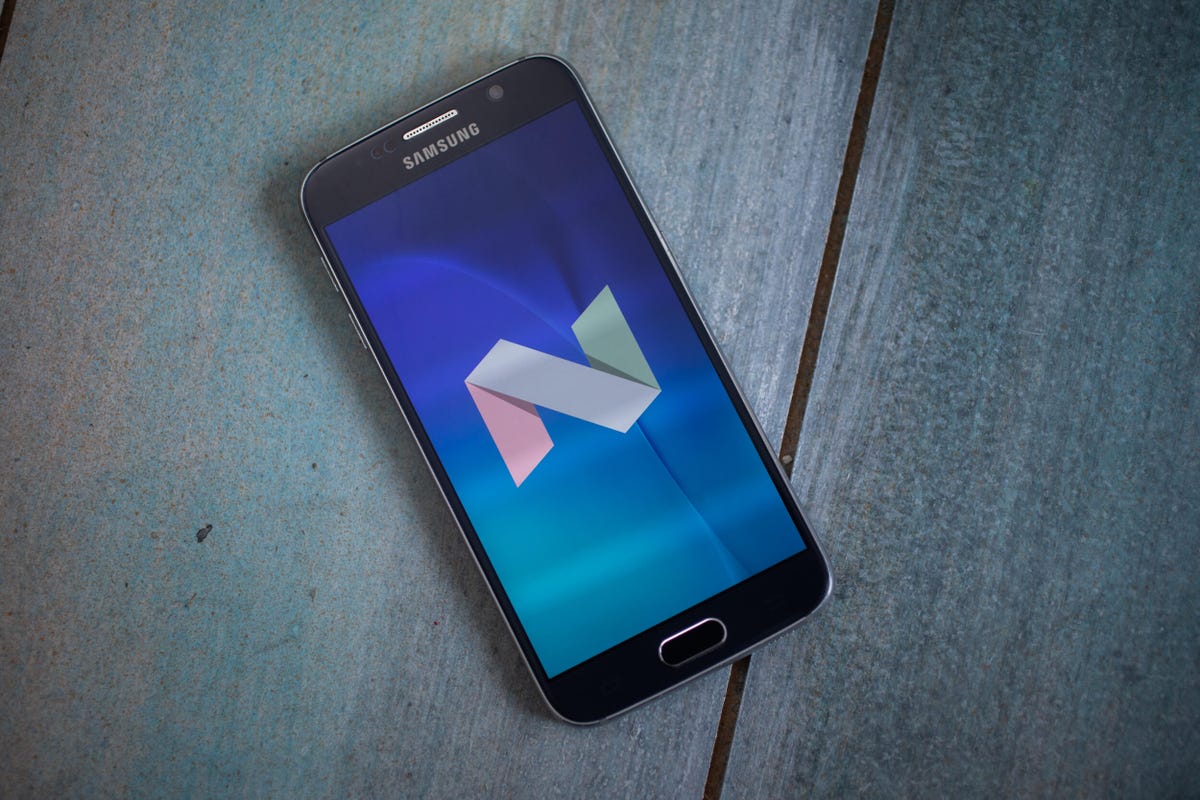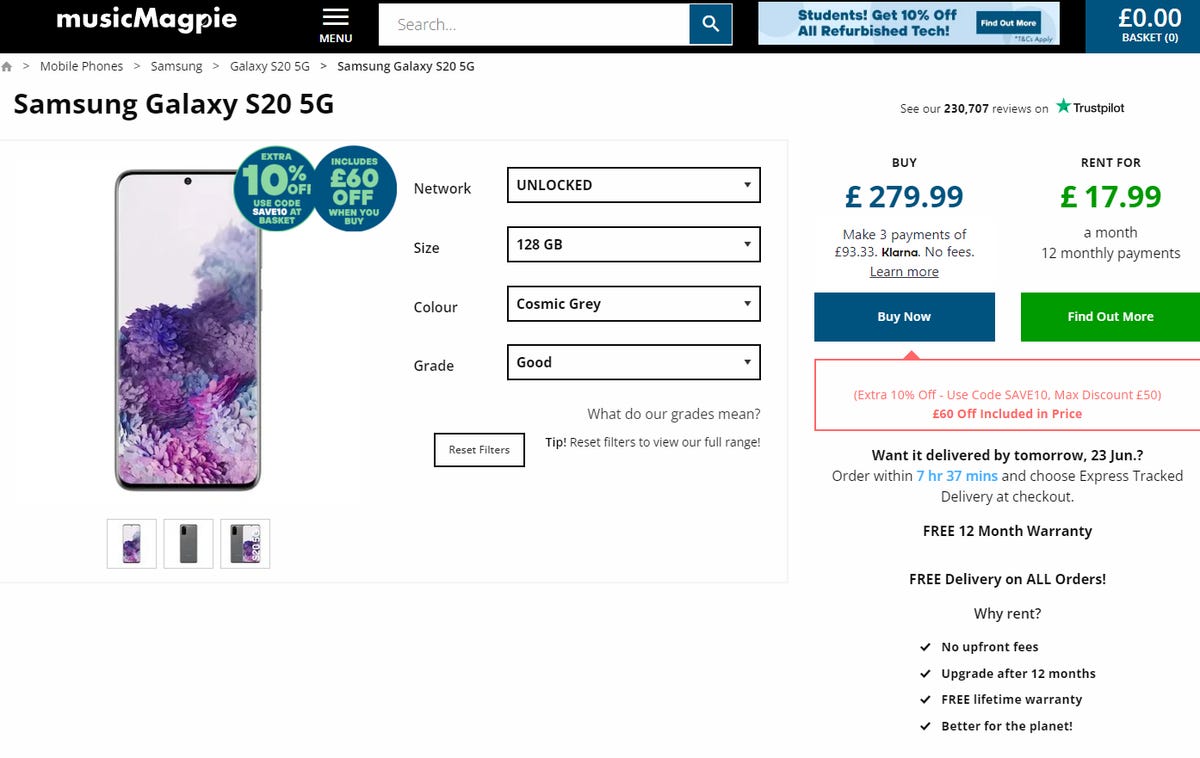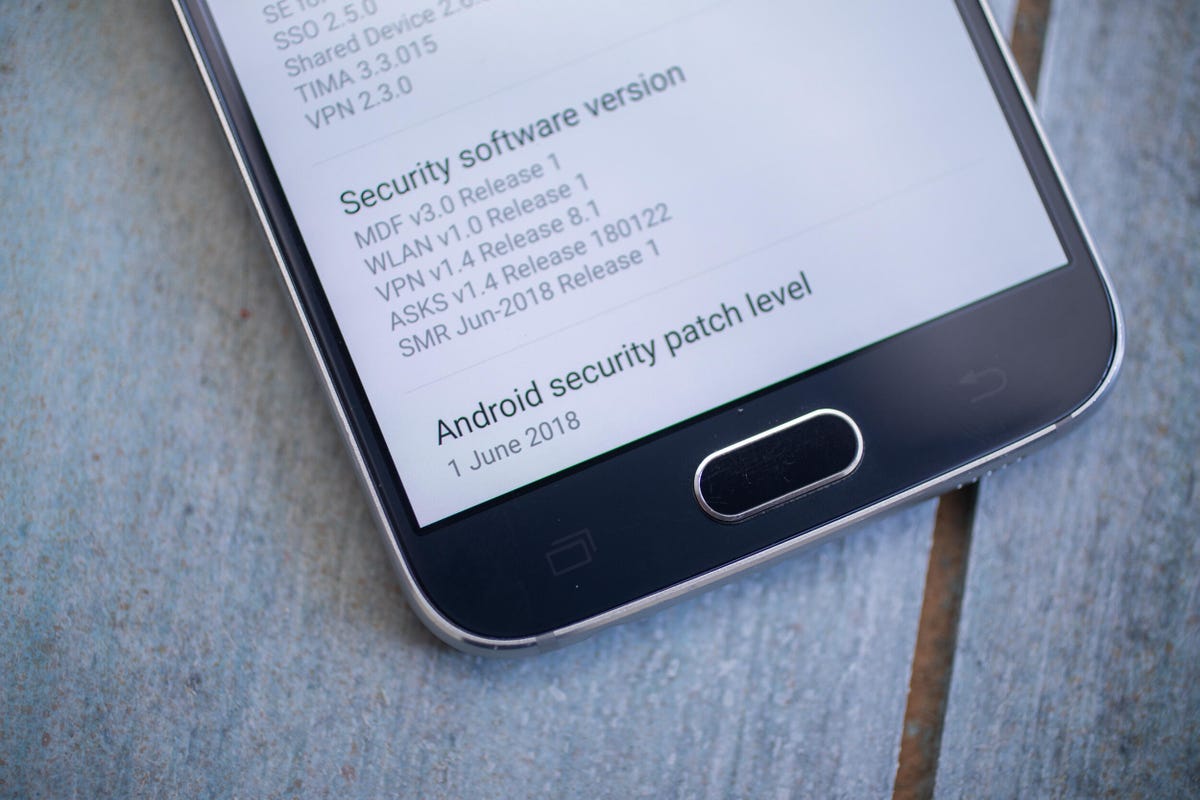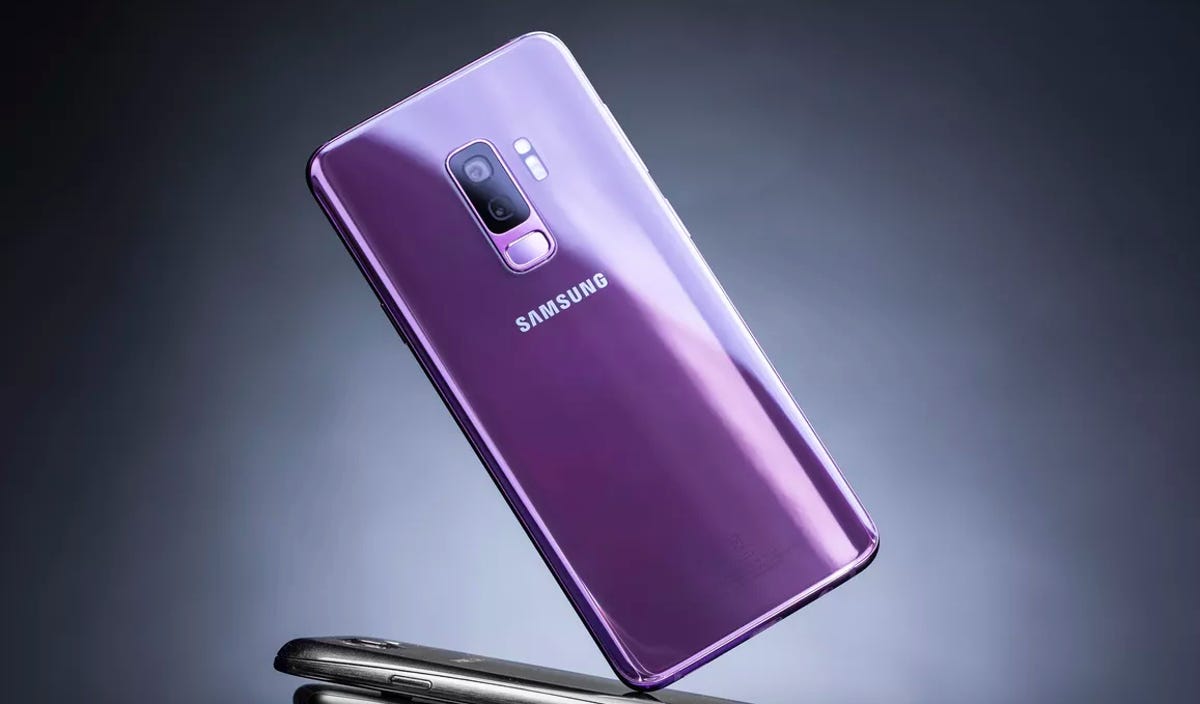The iPhone 13 Pro or Samsung Galaxy S22 Ultra boast the absolute latest and greatest in phone technology: supercharged processors, 5G connectivity and the best cameras. But they also come with sky-high price tags that are simply out of reach (or unnecessary) for many of us. Even Google’s slightly more affordable Pixel 6 Pro still costs a whopping $899, which is difficult to swallow particularly at a time when many of us are keeping much closer eyes on our spending.
Buying an older, previous generation phone that’s used can save you a lot of money while allowing you to put some seriously potent mobile hardware in your pocket. These phones will feature your everyday essentials, plus things like photo editing, gaming and video streaming. Even better, it saves a phone from going to landfill, which we can all agree is a good thing.
But there are key things to keep in mind if you want the best phone for your money and you want to stay safe when you get it. Here are our top tips on how to safely buy a great used phone, whether you want an iPhone ($500 at Best Buy) or an Android phone.
Post Contents
What features are most important in a phone?
First, think about what you actually need from your phone, as this will dictate what sort of level (and budget) you need. If you just want something more basic to handle casual WhatsApp messages and play Spotify during your commute, you don’t need flagship levels of performance. As a result, a lower-end phone with a smaller price tag will suit just fine.

Andrew Hoyle/CNET
If, however, you’re really into phone photography then you may want to spend a bit more on something with a decent camera. In that case, something like an iPhone X ($295 at Amazon) or a Galaxy S10
may be preferable. You’ll have to find that balance between the performance you need and the price you’re happy to pay. Newer phones with more modern features and better performance will come with a higher price.
Buy from a trusted source
Not every phone seller has your best interests at heart, so it’s important to be savvy when you’re shopping. Some places to avoid should be obvious; don’t buy from the guy selling phones on a street corner from a big box, for example. Others can be hit and miss.
eBay is a well-known source for buying used items, and there’s a huge selection of phones to be had. Some of these are sold by refurbishing companies that trade solely in buying and selling used handsets. Others are regular people trying to offload their old devices when they upgrade. The result is that it can sometimes feel like panning for gold, looking for those nuggets you actually want. Check the next section for more tips on buying on eBay.
My best advice though is to go to trusted companies that buy old phones, refurbish them and sell them on. I’ve used MusicMagpie in the UK and had no problems. Its online catalogue is vast, it clearly lists the condition of the phones, every handset is factory reset and you get a 12-month warranty with every purchase. Prices might be a tad higher than you’d find on eBay, but the peace of mind more than makes up for it. They also offer rental options if you can’t quite stomach splashing the cash upfront. Gazelle offers a similar service in the US, although we haven’t tested it ourselves and so can’t vouch for the overall quality of the service.

MusicMagpie/Screenshot by Andrew Hoyle/CNET
Check the details on the listing
Whether you’re buying from eBay, Amazon Marketplace or anywhere else, it’s important to pay close attention to what you’re actually getting. Read the listing carefully, including any small print that might be hidden further down among other details. It may be that phrases like “nonfunctioning” or “battery faulty” are intentionally buried to trick people into buying a phone that no longer works. They’ll also likely explain whether you’re getting the original charging cable, packaging and what sort of nicks and scratches you can expect.
Use your common sense here: If a $1,000 iPhone is being sold for only $100, there’s probably something fishy going on. Don’t be the guy who bought a picture of an Xbox One for $735.

Andrew Hoyle/CNET
Don’t buy phones without recent security updates
I’ll make this as clear as possible: Do not buy a phone that no longer gets security updates from its manufacturer. Unsupported phones are open to all kinds of vulnerabilities that can give hackers easy access to every single piece of information on your handset — or even control it completely. Those bank details, cute pics of your kids, sexy selfies you sent to your partner — all could be accessed and stolen.
Most Android phone manufacturers tend to support their handsets for two to three years. Apple takes that further, however, supporting even 2015’s iPhone 6S ($200 at eBay) with the latest iOS 15.4 (as of June 2022). Google’s 2018 Pixel 3 is no longer officially supported, however, and the Pixel 4 is only getting “guaranteed” security updates until October 2022, according to Google’s support page.
It’s frustrating that phones aren’t supported for longer, as the hardware remains perfectly capable of handling most everyday tasks you’re likely going to need. Some (like the Pixel 4) still pack great cameras that would take beautiful shots on your next vacation. But outdated software makes the phones vulnerable, and it’s simply not advisable to continue using phones outside their support period.
Your best bet is to look at phones that came out within the last two years and are therefore likely still receiving security updates. When you find a phone that suits, search the model name and try and find out if it’s still getting updates, and if there’s an indication of how much longer it’ll get them. Companies aren’t forthcoming with info about when they’re cutting a product loose, but by looking at what other models are being supported you should be able to make a fair estimate.

Andrew Hoyle/CNET
The Galaxy S10, for example, is still listed on Samsung’s support page as getting quarterly security updates, while 2018’s Galaxy A9 is only listed as receiving biannual updates. It’s reasonably safe to assume that the A9 will be cut off from the support period sooner, so opting for a slightly newer handset like the S10 or even 2020’s Galaxy S20 will typically mean you’ll have longer with the phone before it becomes increasingly unsafe to use. It might cost a little more, but you’ll have a longer usable time with it.
Make sure when your phone of choice arrives that you fully factory reset it yourself, and make sure to check for all available software updates before doing anything else.
If you’re keen to save some cash by buying used, make sure to check out our full article on the security advice you need to be aware of. If you’re not keen on buying used but still don’t want to spend all your savings, take a look at our roundup of the best phones under $200.